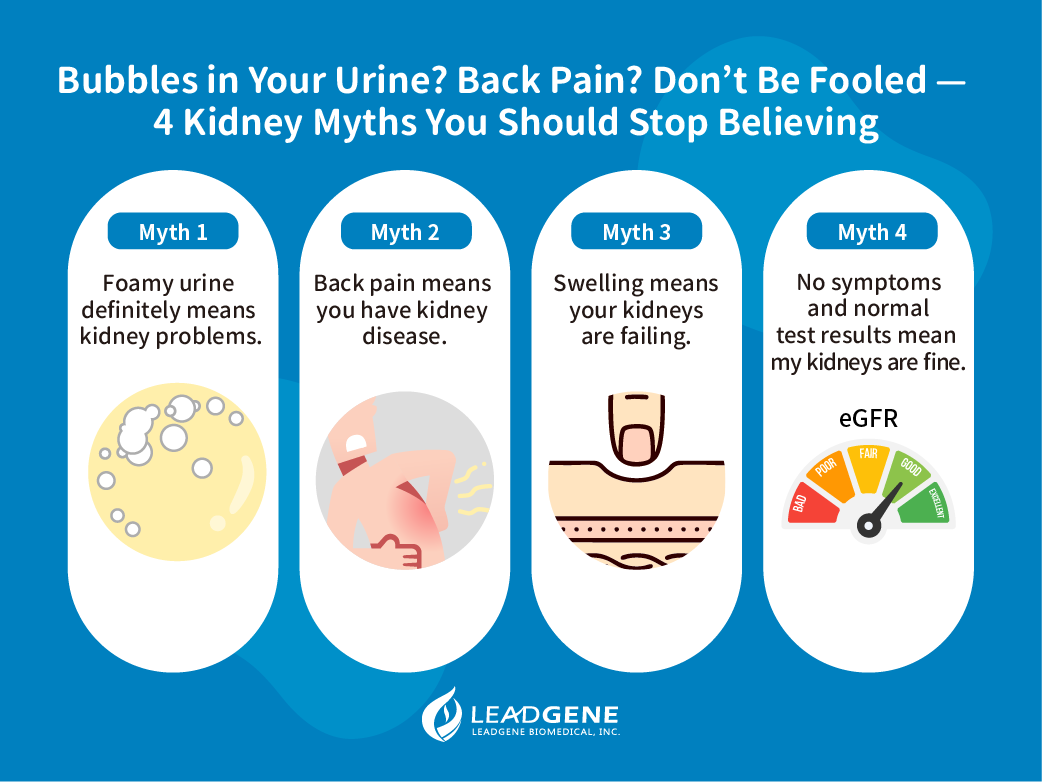
Chronic Kidney Disease (CKD) is a slow-progressing yet serious condition. Despite Taiwan having one of the highest dialysis rates in the world, early signs of kidney disease are often misunderstood, and the importance of early screening is frequently overlooked.
Myth 1: “Foamy urine definitely means kidney problems.”
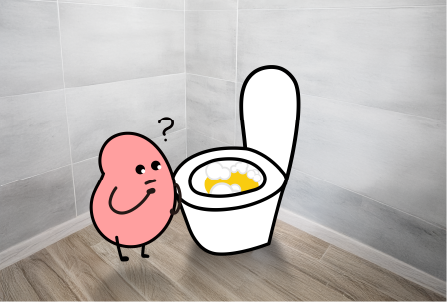
Fact: Not all bubbles in urine indicate kidney disease — but persistent foamy urine should not be ignored.
Occasional bubbles may simply result from:
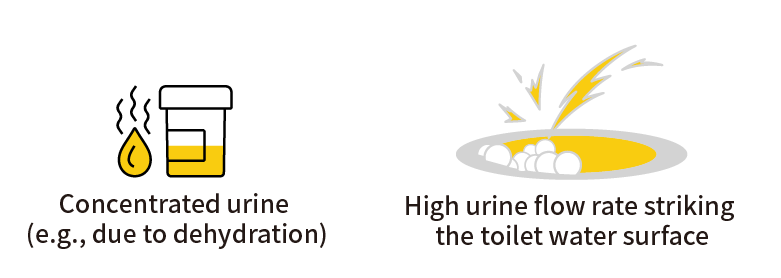
However, if the foam is persistent, fine, and slow to dissipate, it may indicate proteinuria — a common sign of glomerular damage.
|
Further reading:Foamy Urine Always a Sign of Kidney Disease? Myths and Facts about Proteinuria |
Myth 2: “Back pain means you have kidney disease.”
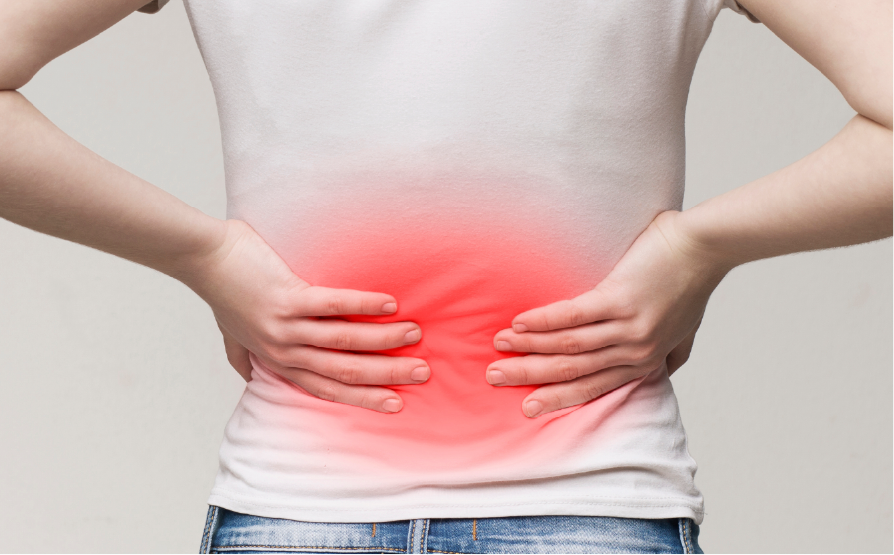
Fact: Most back pain is caused by muscle strain or spinal issues — not kidney problems.
Many people assume that because the kidneys are located near the lower back, any discomfort in that area must be kidney-related. However, this is a common misconception.
Chronic kidney conditions such as nephritis or kidney failure typically cause no pain in their early stages.[1]
In contrast, acute kidney-related conditions — such as urinary tract infections, kidney stones, or hydronephrosis — may cause sharp or intense pain in the flank area.
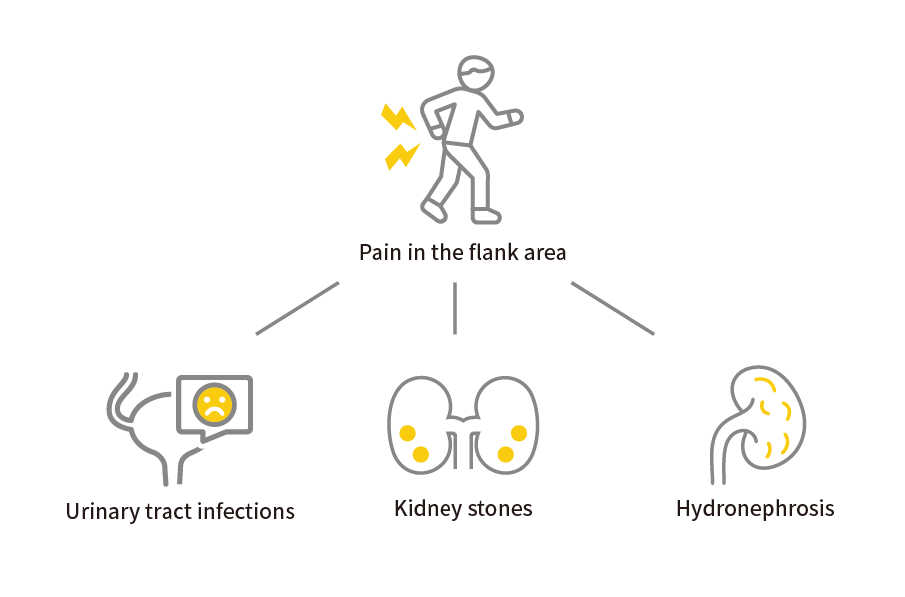
Myth 3: “Swelling means your kidneys are failing.”
Fact: Edema has many possible causes — kidney dysfunction is just one of them.
When kidney function declines, excess water and sodium may accumulate in the body, leading to swelling in areas such as the eyelids, lower limbs, or even throughout the body.
However, edema can also result from a variety of other conditions, including:[2]

Myth 4: “No symptoms and normal test results mean my kidneys are fine.”
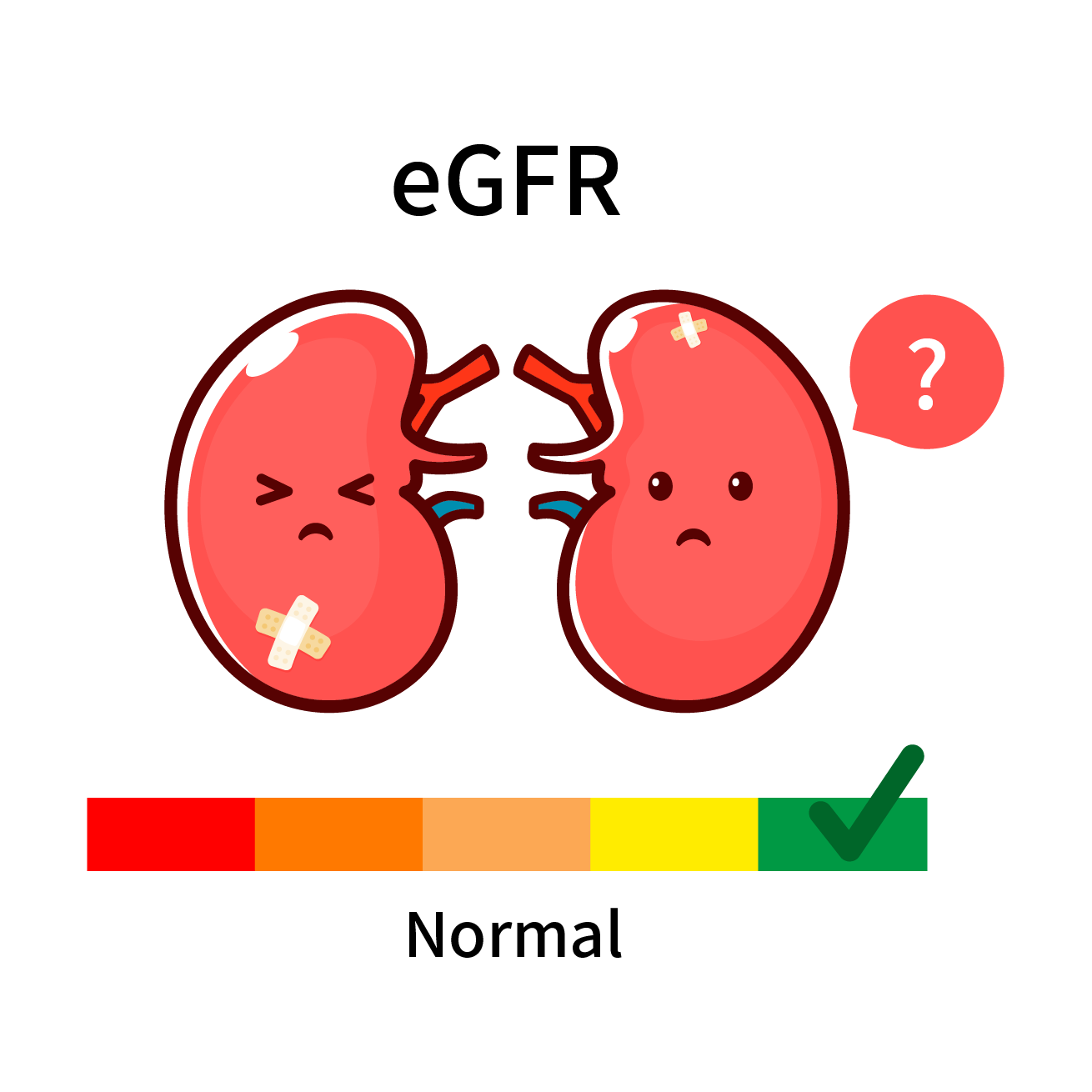
Fact: CKD is often silent in its early stages, and test results can sometimes be misleading.
Common kidney function indicators—such as creatinine and estimated glomerular filtration rate (eGFR)—can be affected by factors including body composition (e.g., obesity or low body weight), abnormal muscle mass (such as in bodybuilders or patients with muscle atrophy), specific dietary patterns, or the use of certain medications.
As a result, some individuals may already have underlying kidney damage, even if their test results fall within the normal range. [4]
|
Further reading:Think Your Kidneys Are Healthy? Uremic Toxins Might Say Otherwise |
Early Screening Matters
The kidneys may be silent — but we shouldn’t be.
The real danger of kidney disease lies in its silent progression. It often advances without pain or symptoms, while gradually impairing renal function.
The first step to protecting your kidneys and slowing disease progression is to understand the facts and dispel common myths.
If you’re in a high-risk group or have any concerns, talk to your doctor about early screening options, such as tests for proteinuria or uremic toxins.
Early detection is key.
References
[1] Does back pain mean kidney problems?
[2] Edema: Is it related to liver or kidney problems? Causes and prevention
[3] MedlinePlus – Creatinine Test
